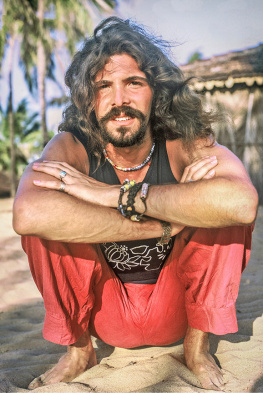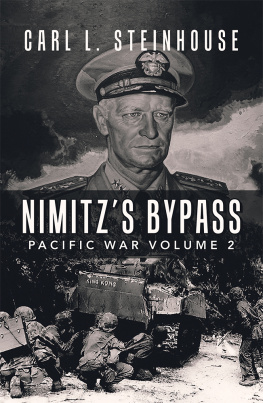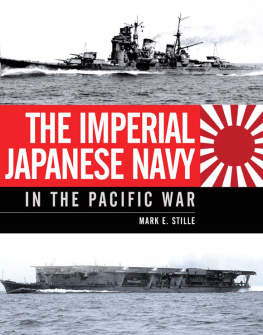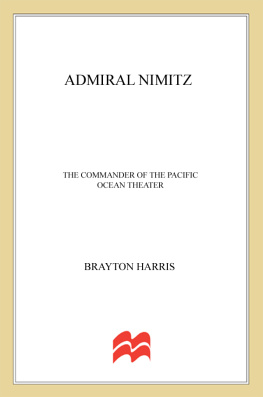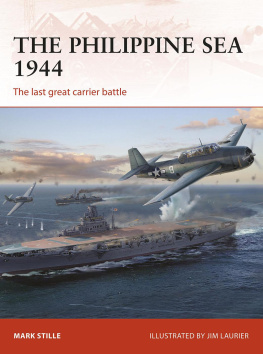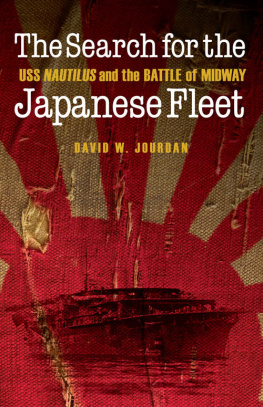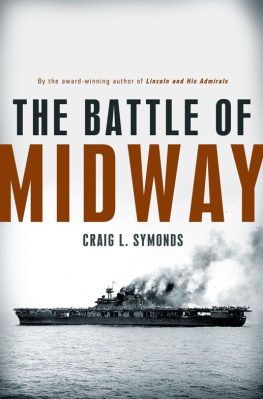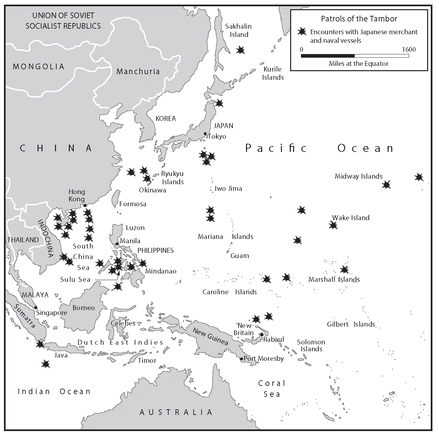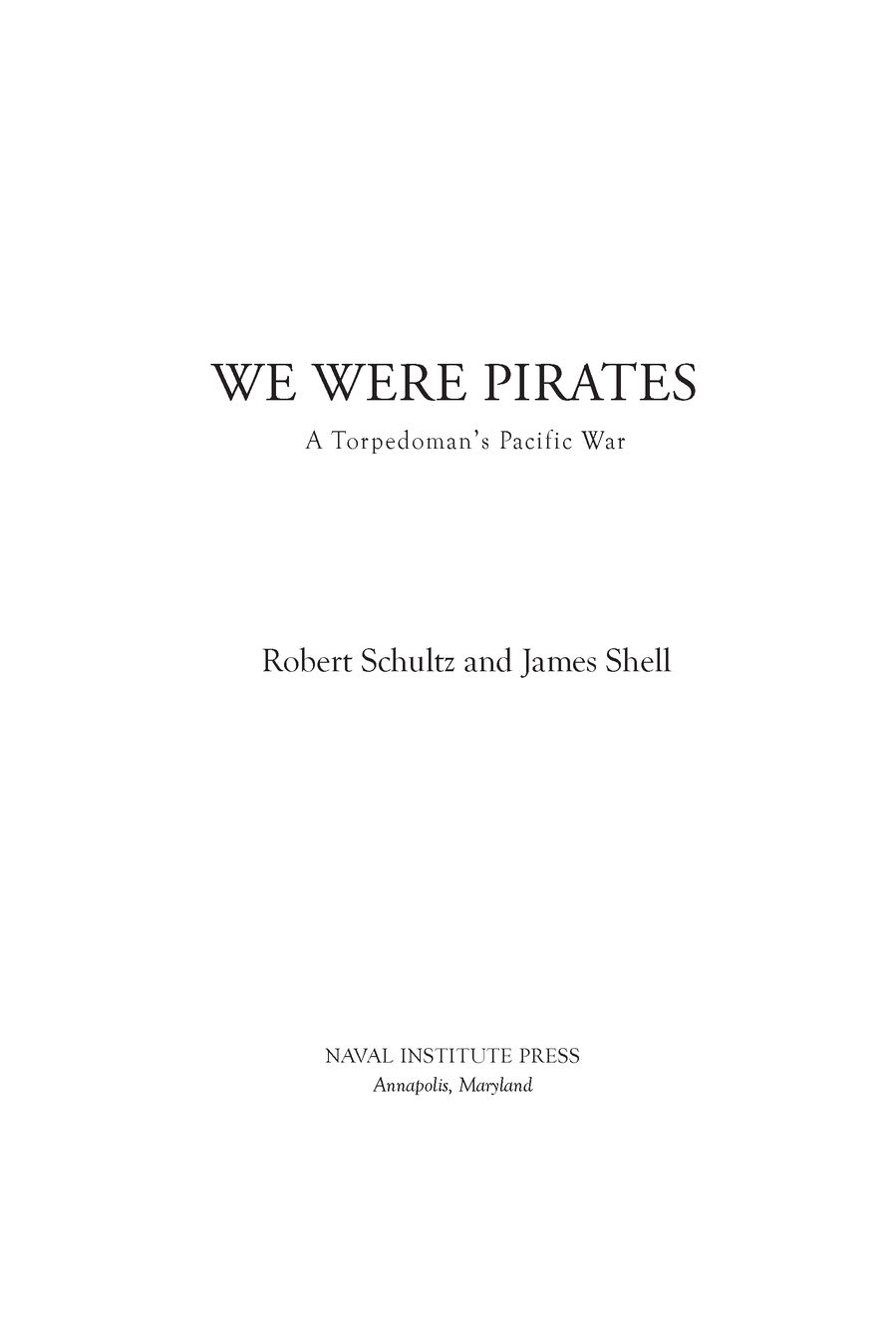Table of Contents
Table of Figures
Between 1942 and 1945, the USS Tambor made 13 war patrols in the Pacific Theater. She played a key role in U.S. Naval operations throughout the Pacific. Illustrative of the vast territory the Tambor patrolled during the war, this map highlights her encounters with Japanese merchant and naval vessels, encounters that included torpedo attack, battle surface, and enemy attack by depth charge and aerial bomb. Working out of Pearl Harbor and Western Australia, she saw significant action at the decisive Battle of Midway in 1942 but experienced her heaviest action in the sea lanes around the Philippines and off the China coast.
To Robert Hunt, who wishes, for himself,
to dedicate this story to his wife, Barbara.
Robert Schultz
To the memory of my father, who served in the Coast Artillery
in San Francisco during World War II, and, like Bob Hunt,
always considered it one of the formative experiences of his life.
James Shell
PREFACE
THIS BOOK HAS BEEN ASSEMBLED from many sources and contains many voices. The chief source is Robert Hunt, torpedoman on the USS Tambor for twelve of its thirteen war patrols; but even he has contributed in different ways. The young mans voice, in one of its modes, survives in the laconic notes he jotted in his diary, the one that he kept in his footlocker in the Tambors forward torpedo room and that he repaired with duct tape when a rat got on board and nibbled the binding. The older mans voice is the vigorous, emphatic one I heard in conversations and interviews when he began to tell me stories and we decided to make this book. And yet other tones and perspectives come from the 207-page, single-spaced draft he banged out at my instigation as a way of spilling onto the page in rough form the remarkable memories he had carried for over sixty years. The text here draws upon Bobs several voices, young and old, written and spoken.
It also draws upon the official, written voices of the four officers who captained the Tambor during Bobs service on the boat from December 12, 1940, to September 1, 1944. The submarine command required detailed reports on every mission, and the performance of each sub and captain received a written critique, called an endorsement, with both report and critique distributed to every other sub captain in the Pacific Fleet. It was a mode of ongoing training as the role and tactics of subs evolved dynamically during the war, often the result of bold innovations at sea by young, aggressive captains who gradually replaced older, peacetime-trained officers. Distributing the reports was also, no doubt, an inspiration to captains who knew their colleagues would be reading about their decisions when they returned to port. These reports and endorsements were declassified in 1972, and, combined with Bobs perspective as an enlisted man, they provide a bifocal view of twelve patrols that mirror the course of the Pacific war.
An additional perspective is offered, of course, by the many histories that now provide us with an overview of the war that Bob experienced so close at hand in the Tambors forward torpedo room, on surface watch, manning a gun for battle surface, or handling the bow planes in the control room with the captain at the periscope behind him. The result is a layered telling comprising a torpedomans view of the war, both at the time and in recollection, along with the broader overview of captains and historians.
Another, less apparent voice helps to make up this account as well. My co-writer, James Shell, revised Bobs early draft and contributed additional research, writing, and revision. Our many discussions of the material and its treatment proved invaluable in shaping this book, and James drafted several of the books chapters. The narrators voice here, purportedly mine, is in many places a composite, growing out of an agreeable collaboration with a talented writer.
It has required the combination of many voices and sources to tell this story, but in the end the story is that of Robert Hunt, whose twelve consecutive war patrols are perhaps unsurpassed in number among those who served in the all-volunteer force that made up the silent service.

Many hands contributed to produce this account, and the authors would like to acknowledge the skilled and generous assistance of Julie Anderson, Mary Jorgensen, and Judy Syverson, who helped Robert Hunt handle innumerable requests for information and materials over our months of long-distance work together. Much more than clerical assistants, these women are Bobs longtime friends who have become, in the end, partners in the making of this book. Others in Bobs hometown of Decorah, Iowa, got involved along the way. Kyrl Henrickson of Real Good Creative produced a video recording of Bob recounting some of his wartime experiences, and David Cavagnaro took excellent photos of Bob, his war diary, his combat pin, and the Tambor battle flag.
Thanks to Paul Cora, director of the Baltimore Maritime Museum, who gave James Shell an informative tour of the USS Torsk. And when Bob, James, and I visited the Wisconsin Maritime Museum in Manitowoc, Michelle Hill, who was curator at the time, kindly accompanied us on a leisurely tour through every compartment of the USS Cobia, with Bob providing explanations and reminiscences. It was an invaluable experience to stand with Bob between the forward tubes and get a lesson on the process of firing and reloading torpedoes; to see the position of the bunk in the forward room that was his wartime home; and to sit across from him in the mess where so many sailors lost so many dollars to Bob in their long games of poker.
I would like to thank Channing Johnson for the secretarial assistance she cheerfully provided. And Tom Carter, a former naval officer and current colleague, helped to reconstruct the complex movements of the Tambor and Japanese cruisers during the Battle of Midway. Special thanks are due to my friend David Wyatt, whose lively interest in this book helped to sustain the long process of making it. As ever, his conversation and his discerning comments on drafts were invaluable. And, finally, to my wife, Sally, I again acknowledge, with gratitude, help less easily summarized.
ROBERT SCHULTZ
Salem, Virginia
Note: The numbering of the Tambors war patrols used here differs from the Navys, which conflates the boats service in the Battle of Midway (May 21-June 16, 1942) with the separate patrol that followed (commencing July 24, 1942). Correcting the misleading count that appears in the official logs and records, this book numbers the Midway battle as the Tambors third, increasing the number labeling each subsequent mission by one.
CHAPTER ONE
You never know who your neighbors are
Robert Hunt, torpedoman on the USS Tambor, saw the fires on Wake Island when the Japanese hit the American base there a few hours after the attack on Pearl Harbor. Sixteen days later he held the bowline on the deck of his leaking submarine as it entered Pearl, sliding through oil slicks and bumping through debris. What a mess, he wrote in his diary. During the Battle of Midway he was on night watch at the port lookout as the


